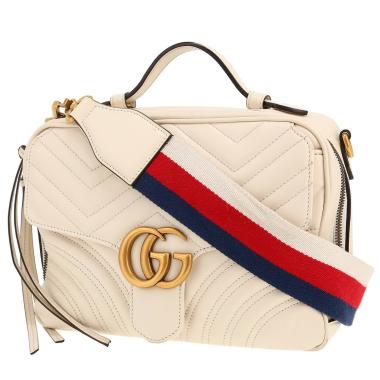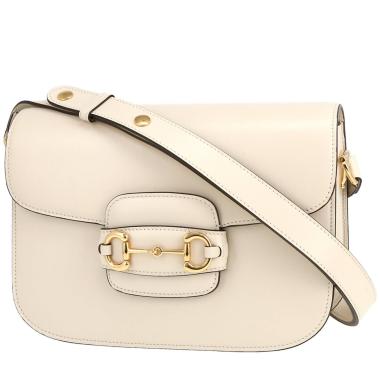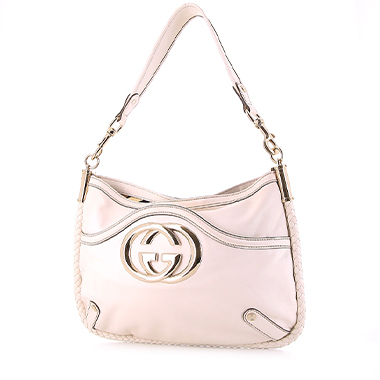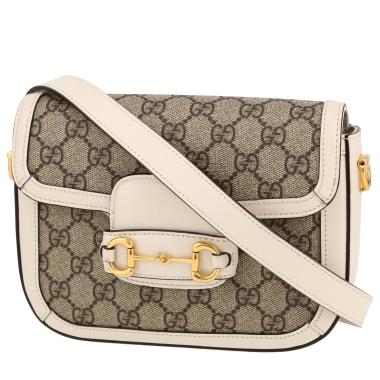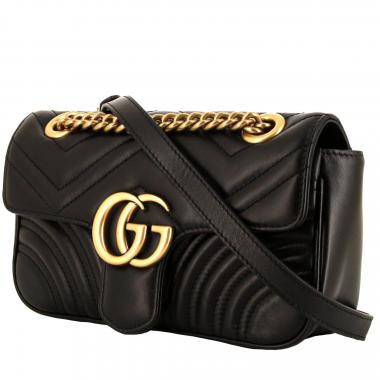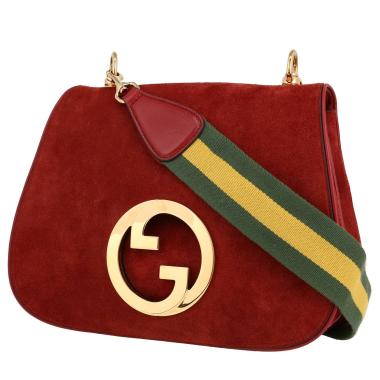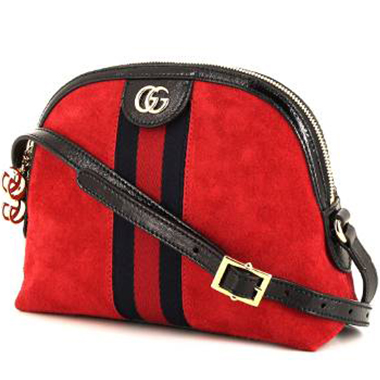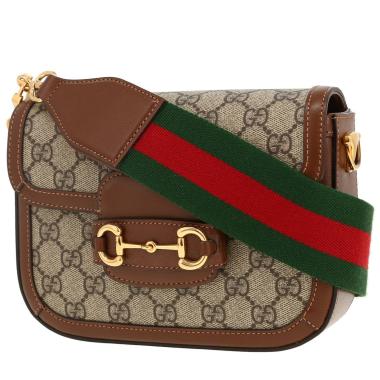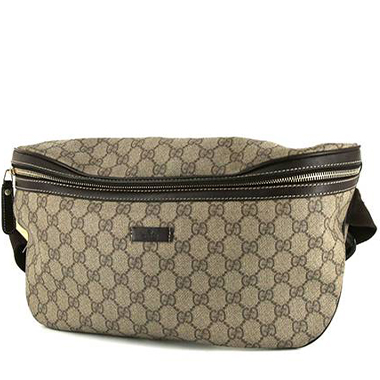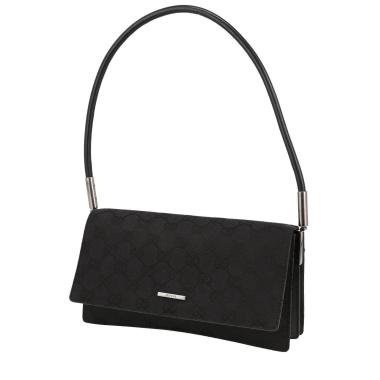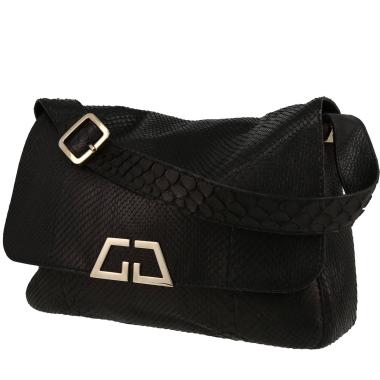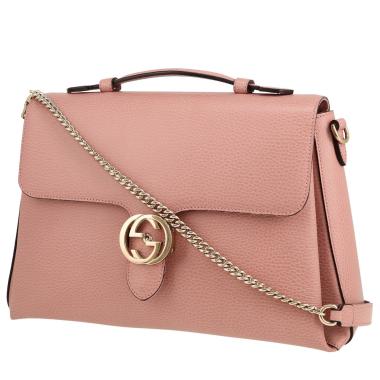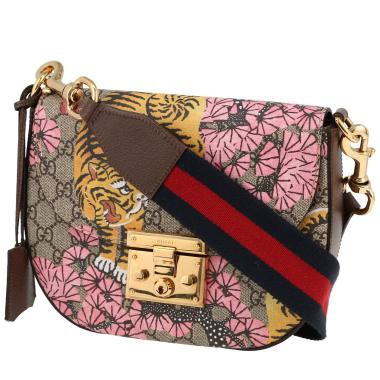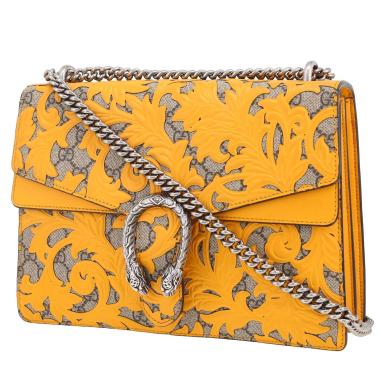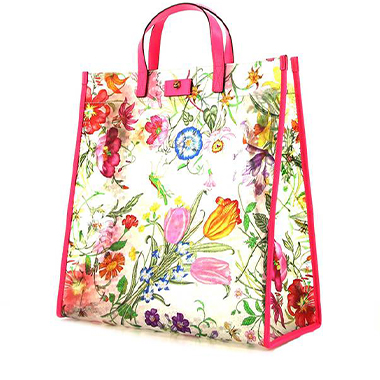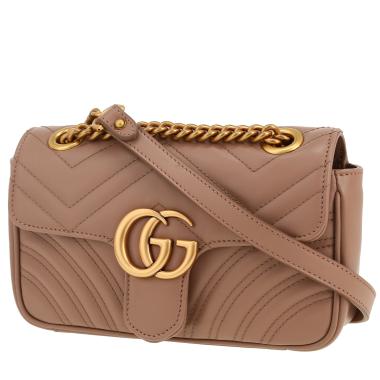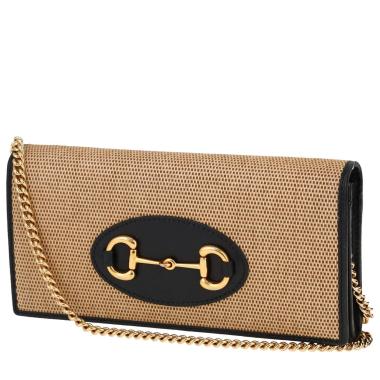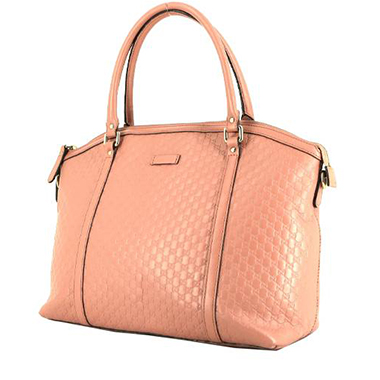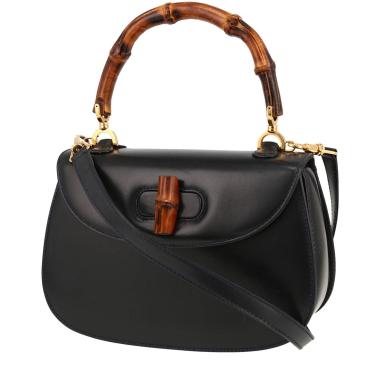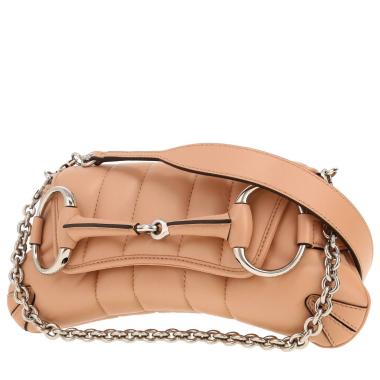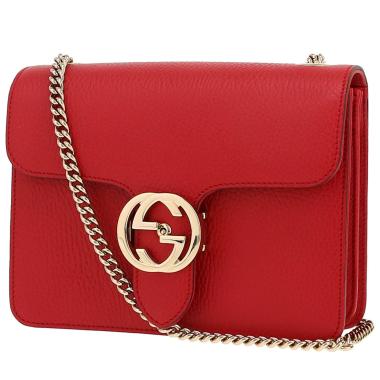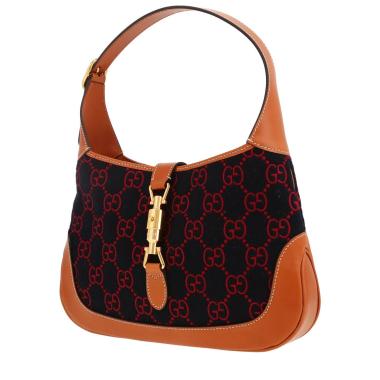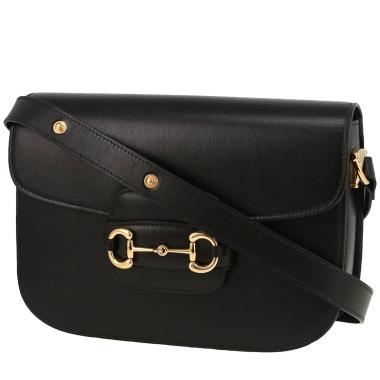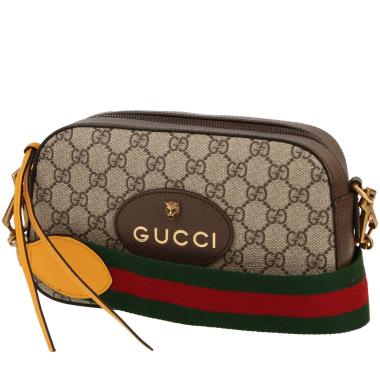The history of Gucci bags
Guccio Gucci was born in Florence in 1881. He decided to go travelling and discover Europe and worked for a while as maitre’ d at
Gucci bags
Guccio Gucci was born in Florence in 1881. He decided to go travelling and discover Europe and worked for a while as maitre’ d at the Savoy hotel in London, where he was inspired by its design. When he returned to his home city in 1921, he founded the house of Gucci, specialising in leather goods aimed mainly at horsemen and women and combining refinement and quality workmanship. His success allowed him to open another shop in Rome in 1938.
There followed a period of great creativity sparked by the lack of raw materials during the years of fascism, including the use of canvas, jute, hemp and a technical innovation, the burnishing of rattan, used to make the handles of the Bamboo bag. This bag, shaped like a saddle, became Gucci’s first iconic bag.
Gucci’s expansion continued throughout the fifties with the opening of shops in Milan and New York.
When Guccio Gucci died in 1953, his sons Aldo, Ugo, Vasco and Rodolfo took over the reins of the company and considerably increased its international presence. This was also the period when most of the brand’s iconic designs appeared, attracting film stars and members of the jet-set, including Liz Taylor, Jack Nicholson and Jackie Kennedy.
In 1960, the Gucci loafer with its snaffle trim became a hit and in 1964 it was the turn of the Flora scarf, designed by Rodolfo for Grace Kelly.
The third generation of the Gucci family came to take part in the management of the company in the sixties.
In the seventies, Gucci renewed its offering with a reinterpretation of its great classics.
The brand’s first ready-to-wear collections and perfume were launched in 1978.
Gucci became a limted company in 1982 with half the shares being held by Maurizio, son of Rodolfo.
In 1990, Investcorp, a Bahraini investment company owned all Gucci’s shares.
Tom Ford took over from Richard Lambertson as creative director in 1994. His audacious, provocative and glamorous style saw sales increase by 90% between 1995 and 1996. However, in 2005 Tom Ford left Gucci, after many years, and was replaced by the Italian, Frida Giannini, who remained faithful to the company’s watchwords: heritage and modernity. The Gucci brand now belongs to the luxury end of the PPR Group.
